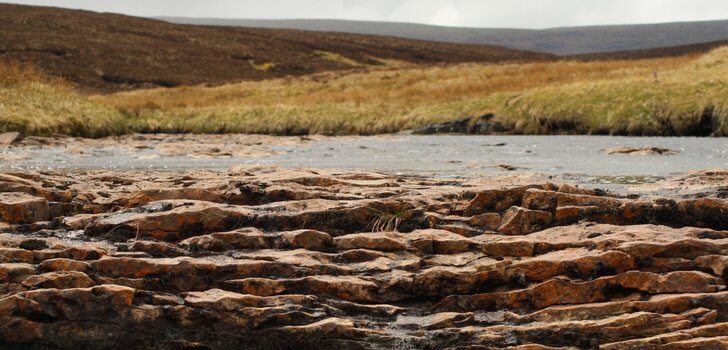Scientists at the University of Birmingham are calling on drought researchers and managers around the world to consider both human activity and natural phenomena in their battle to preserve increasingly scarce global water supplies.
The experts say that severe droughts experienced recently in countries such as China, Brazil and the United States can no longer be seen as purely natural hazards. Changes to the way people use the water and the landscape contribute to extreme water shortages.
The University’s Water Science Research Group is leading key researchers from 13 organisations in eight countries to redefine how the world should study and tackle drought. The researchers propose broadening the definition of drought to include water shortage caused and made worse — or sometimes improved — by human activity.
Drought research should no longer view water availability as a solely natural, climate-imposed phenomenon and water use as simply a socio-economic issue. It should, instead, more carefully consider the complex interactions between nature and society.
The current California drought has severely affected the state’s environment and economy. Storing water in reservoirs and extracting groundwater increase evaporation and decrease groundwater levels, making the drought worse. It demonstrates how strongly water and society are intertwined during drought periods.
Europe suffered a severe drought last summer with high heat causing soils and plants to dry out helping to spread wildfires. Agricultural and hydropower production decreased, whilst rivers fell to record low levels and inland water transport shut down in some places. Water and drought policies vary across the EU and more work is needed to understand their influence on drought.
University of Birmingham Water Science Lecturer Dr Anne Van Loon said: “Society is not a passive victim of drought; it responds to water shortages and these responses again influence water levels in reservoirs, aquifers and rivers. Severe droughts in human-dominated environments, as experienced in recent years in China, Brazil and the USA, cannot be seen as purely natural hazards because human activities play a role.
“Managing drought effectively means we must acknowledge that human influence is as integral to drought as natural climate variability. This is why we’re calling for research to explicitly consider the multidirectional relationship between natural drought processes and the role of people.”
Recent research has focussed on natural areas, such as the effects of climate change on drought under natural conditions. However, the validity of these studies is questionable if our world is strongly altered and managed by people.
“The traditional approach to drought research — focussing on natural phenomena — leads to poor prediction and management of this complex interdisciplinary phenomenon. The complexity of the issue and lack of data and information make it hard, but that is no reason to pretend that the water system is completely natural and we can ignore water use by people in quantifying drought.”
Dr Van Loon added that in California, one of the big questions is how much rain is needed to end the drought. It was particularly important to take into account human activity, such as groundwater abstraction and water transfers, when calculating how much rain is needed.
“We can see the water system as a bucket of water half-empty due to drought, which needs to be filled up to its original level,” she said. “We can calculate how much rain is needed to fill up the bucket, but at the same time we are constantly taking water out of the bucket and putting water in.”
The water science researchers say that defining the causes of drought is crucial in deciding whether management should focus on making changes to cope with climate-induced drought (adaptation) or tackling the actions that lead to human-induced drought (mitigation).
Innovative scientific methodology is needed to pull apart different causes of drought. Research should also analyse the impacts of drought on society, how society responds to water shortages and the effect of these responses on drought.
Direct effects of people on drought are water abstraction, reservoir building and water transfer. Indirect effects are changes to the land surface made by people that can affect the development of drought by altering hydrological processes. These can include evaporation from land to air (evapotranspiration) and the rate at which water penetrates the soil (infiltration), as well as surface runoff and storage of water.
These direct and indirect influences can be long-term (big engineering projects for reservoirs or gradual urbanisation) and short-term (more efficient irrigation methods, different crops). Short term adaptation to drought can decrease the severity of the next drought or even cause within drought changes influencing the drought end.
A better understanding of how public perception of drought and strategies to tackle climate-induced factors is also needed. Large drought impact databases currently being compiled for the US and Europe, together with improved data analysis methods should help in this area.
“Whilst human activity can contribute to worsening drought, society can also play its part in tackling water shortages. However, we can only begin to take positive global action against drought when evaluating the relationship between nature and people and its impact,” said Dr Van Loon.


